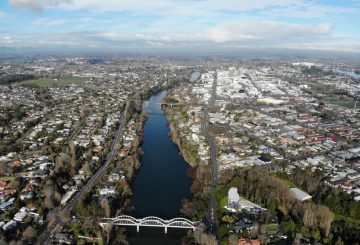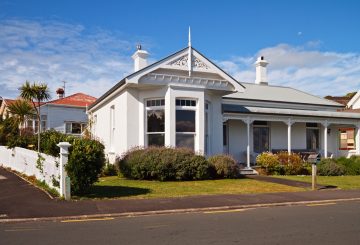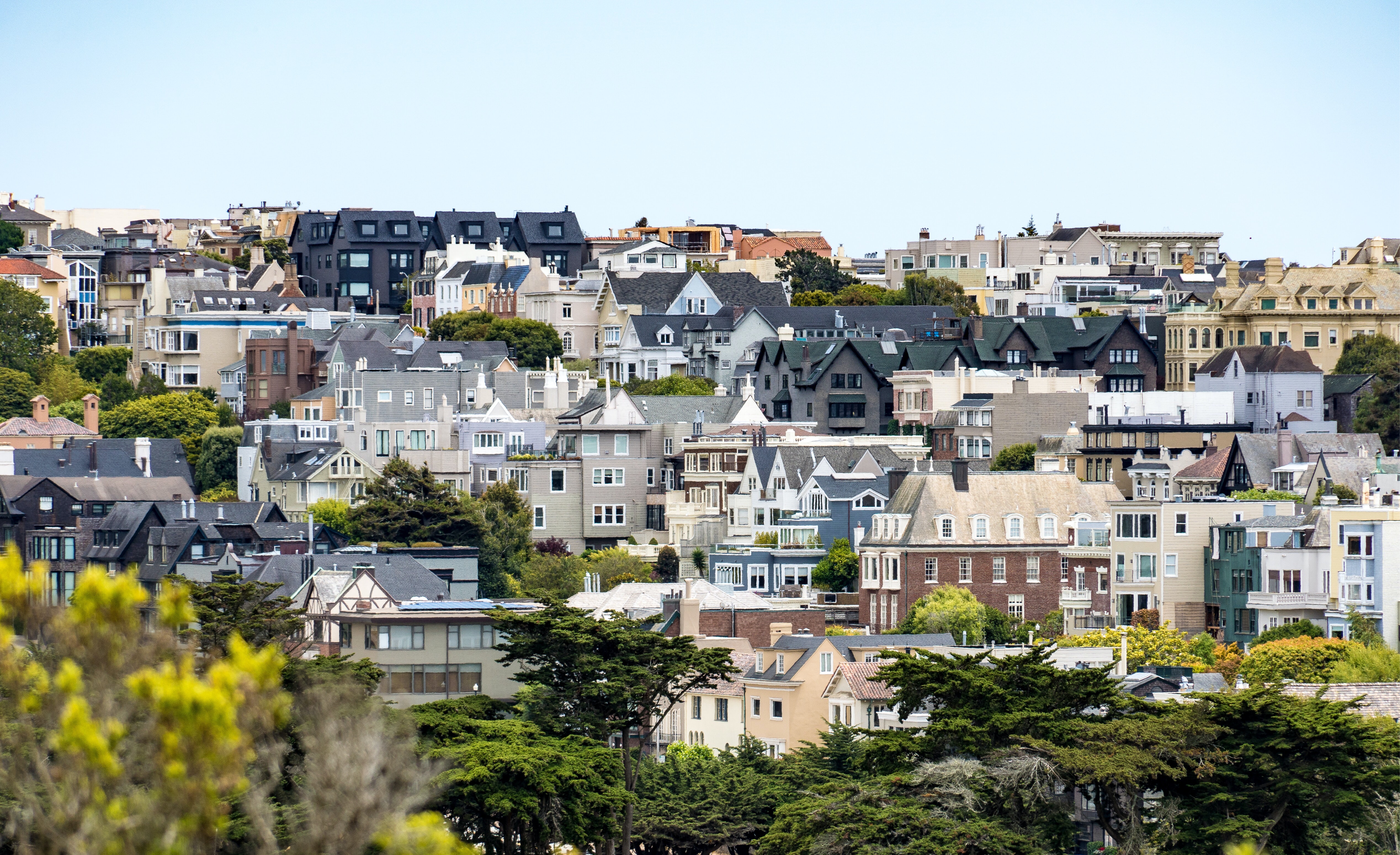뉴질랜드의 집값 상승률은 국제 시장에 비해 떨어졌다.
Knight Frank Global House Price Index(나이트 프랭크 글로벌 주택 가격 지수)에 따르면 2022년 6월까지 12개월 동안 56개국의 평균 주택 가격이 10% 상승한 것으로 나타났다.
그러나 뉴질랜드에서는 5.5% 오르는 데 그쳤다. 인플레이션 조정 후 1.7% 하락했다.
이로써 뉴질랜드는 지난해 같은 기간 2위에서 하락한 41위를 기록했다.
터키가 161%로 가장 큰 증가율을 보였지만, 나이트 프랭크 연구원 케이트 에버렛 앨런(Kate Everett-Allen)은 터키의 인플레이션이 24년 만에 최고치를 기록했기 때문에 이 점을 감안해야한다고 말했다. 슬로바키아와 체코는 각각 25.5%, 23.5% 증가하며 2위와 3위를 차지했다. 또한, 상위 10위 안에 미국과 캐나다가 들었다.
앨런 연구원은 전 세계 상황이 비교적 회복하는 추세지만, 아시아 태평양 지역이 “앞서서 둔화 곡선을 그리고 있다”는 징후가 있다고 말했다.
3월과 6월 사이에 가격이 하락했던 7개 시장 중 6개 시장이 아시아 태평양 지역에 있었다. 홍콩, 한국, 중국, 말레이시아, 호주, 뉴질랜드가 그것이다.
앨런 연구원은 “2021년 10월 이후 새롭게 제정된 대출법과 7차례의 금리 인상으로 구매자 심리가 이번에 못사면 안될 것 같은 염려에서 부동산 거품 염려로 전환됐다”고 말했다.
최근 몇 년 동안 치솟는 뉴질랜드의 물가는 국제적 눈길을 끌었지만, 이제는 그 하락세에 관심이 집중되어 있다.
미국에 본사를 둔 분석업체 코어로직은 최근 뉴질랜드 시장을 ‘탄광 속의 카나리아’로 비유하며, 호주 상대국들이 자국 시장에서 어떤 일이 벌어질지 지켜보고 있다고 밝혔다.
* 탄광에서 나오는 유독 가스에 죽거나 다치는 일을 피하고자 광부들이 유독 가스에 민감한 카나리아를 데리고 갱도로 내려간 일에서 유래






























































